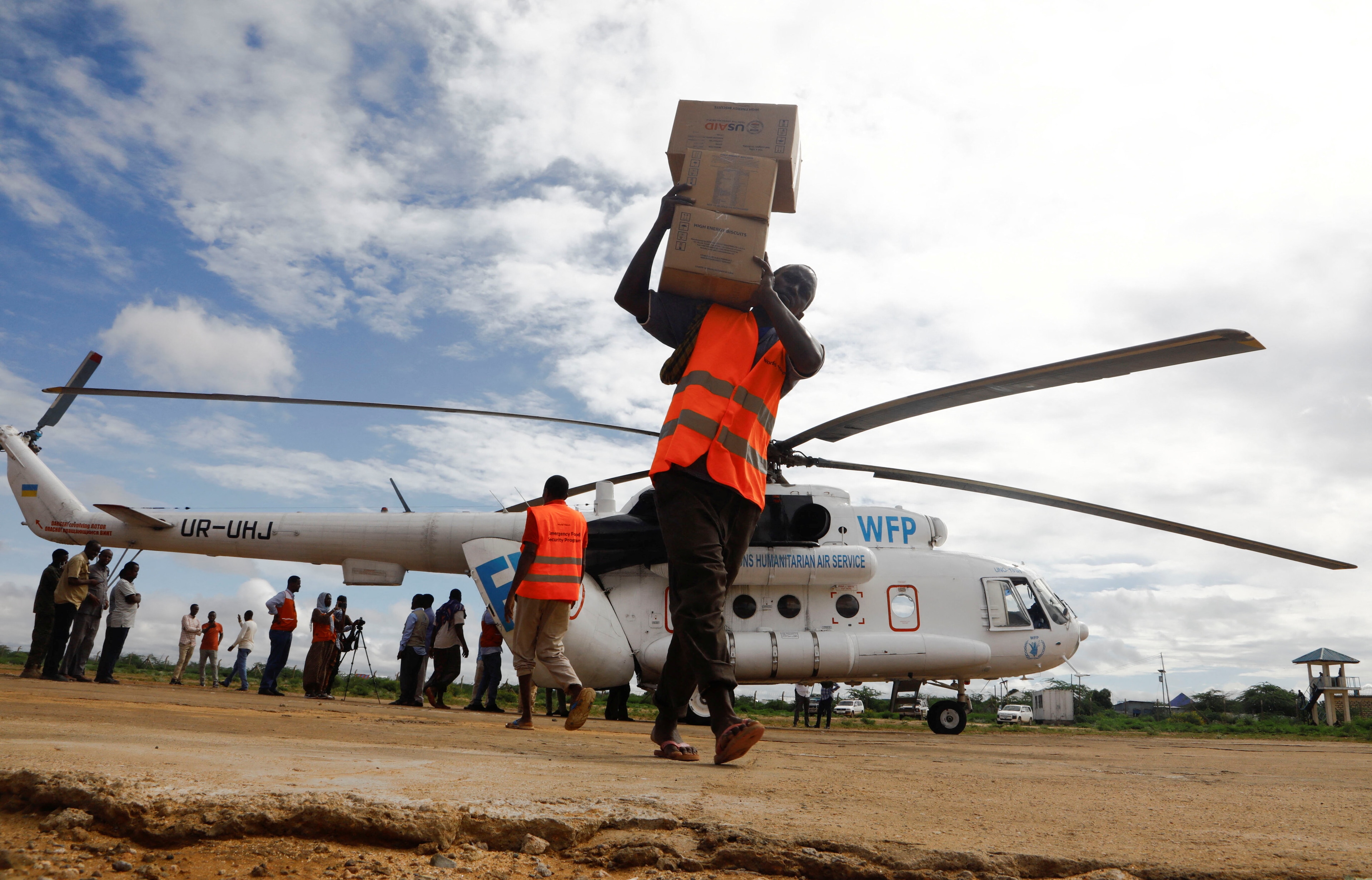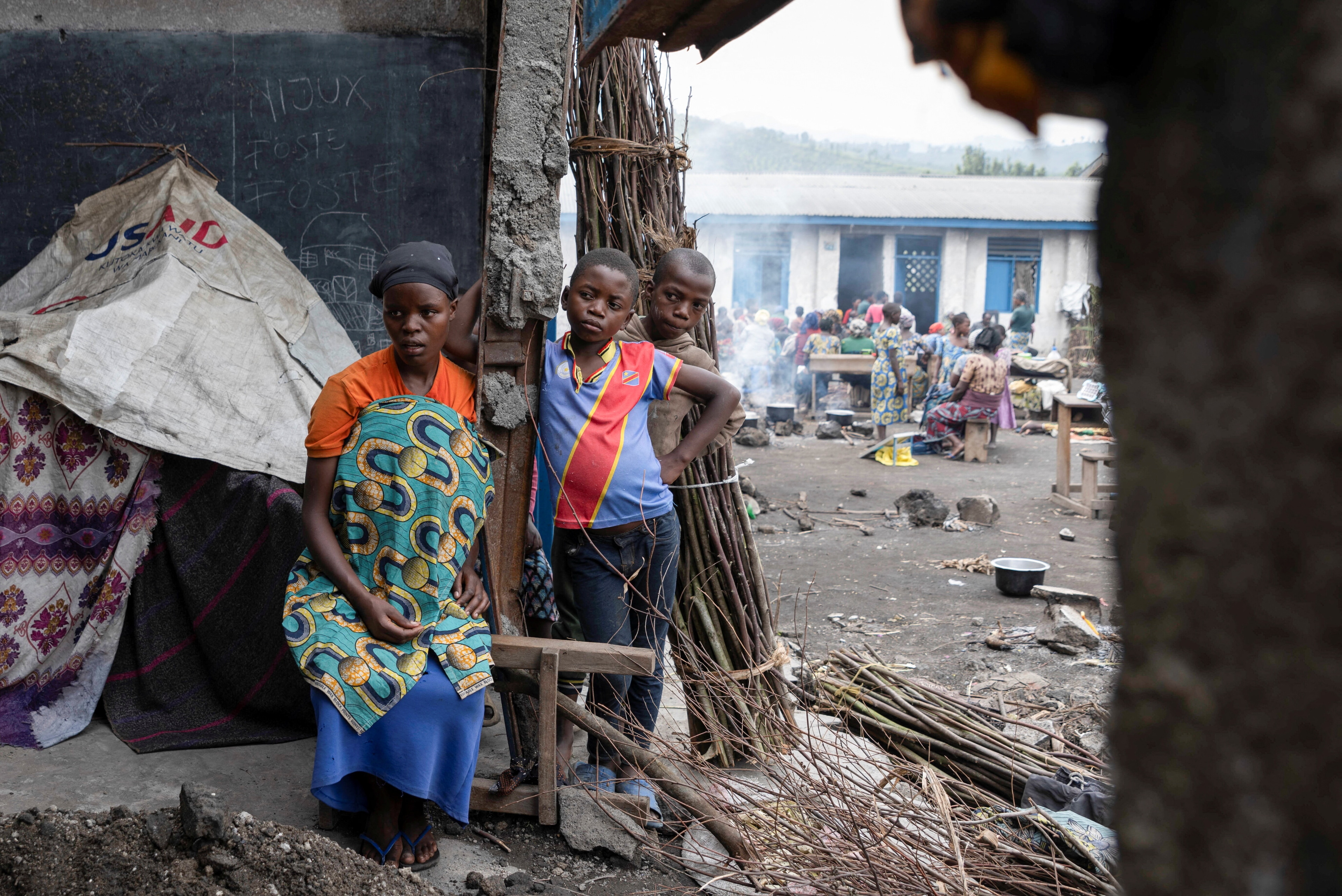What the death of Abu Bakr al-Baghdadi means for ISIS in Syria

ISIS is likely to use the death of Baghdadi to rally its supporters in the name of revenge
Image: REUTERS/Alaa al-Marjani
Stay up to date:
Fragility, Violence and Conflict
This article is part of the World Economic Forum's Geostrategy platform
The killing of Abu Bakr al-Baghdadi does not mean the automatic end of ISIS (Islamic State of Iraq and Syria). But the immediate future of ISIS depends more on local dynamics in Syria than on whether it still has a leader or not.
Baghdadi was a powerful tool for ISIS, especially at a time when the organisation was planning to establish a so-called state. Considering that there could not be a caliphate without a caliph, ISIS put Baghdadi in the public eye to give its supporters around the world an identifiable figurehead.
Despite the military defeat of ISIS in Syria and Iraq, its supporters still saw in the presence of Baghdadi hope of restoring the caliphate one day. His statements mobilised sympathisers, even if only rhetorically, as noted by journalists and aid workers who interviewed the wives and widows of ISIS fighters in al-Hol camp inside Syria.
In the run-up to the Turkish invasion of northern Syria, the military capacity of ISIS had been greatly reduced but the organisation was still active. Sleeper cells would conduct opportunistic attacks in the north-east, mainly against civilians.
Sporadic attacks
Some miles away westwards, in the huge Sokhna desert near Homs, east of Palmyra, ISIS fighters would sporadically attack Syrian army and Russian targets. In the north-west, many former ISIS fighters had joined one of the jihadist groups in the region rather than remaining under the ISIS banner. The group closest to ISIS in Idlib is al-Qaeda affiliate Hurras al-Din, which despite being militarily active is limited in numbers and popularity among local residents.
The nucleus of ISIS activity in Syria is the greater region of Deir al-Zour in the north-east, particularly the areas extending south of Bosaira towards Diban.

The Syrian Democratic Forces (SDF) control the area but have struggled to gain acceptance there because the SDF is Kurdish-dominated while the area is populated by Arab tribes that reject not only the SDF but also the Syrian army and Iran-backed militias who are present in surrounding towns. Those tribes have recently been staging demonstrations against the Syrian regime and Iran.
Before the Turkish invasion of northern Syria, tensions between the tribes in Deir al-Zour and the SDF were regularly followed by an increase in ISIS activity. A few months ago, an SDF checkpoint shot at an Arab passerby. For the following two weeks, there was an increase in sleeper cell attacks in the Deir al-Zour area, facilitated by some members of Arab tribes. This pattern of tension followed by an increase in ISIS attacks continues, though the attacks are mainly based on improvised explosive devices (IEDs) and are limited in scale.
Since the Turkish invasion, ISIS has tried to take advantage of the decrease in the SDF presence in Deir al-Zour as SDF leaders left to go to the front lines to confront Turkey. This has also resulted in an increase in ISIS activity. However, it has not attempted to retake geographical areas. This, coupled with the use of IEDS, signals that its military capacity is greatly reduced. The presence of the anti-ISIS international coalition in Deir al-Zour - to protect the oilfields there, according to the US administration - has also been a significant deterrent to ISIS.
ISIS is likely to use the death of Baghdadi to rally its supporters in the name of revenge. However, the days of its militants fighting till the last breath appear to be over. Its leader in Syria, Abu Ayman al-Iraqi, had to deploy to the front lines accompanied by only six fighters during his final battle. They abandoned him, leaving him to be killed by the SDF. In its heyday, ISIS would not have needed commanders of this seniority on the front lines.
ISIS is likely to choose a successor to Baghdadi, but what is more significant for its operations is the situation in the north-west and the north-east of Syria. President Trump said Baghdadi was in Idlib - where he was killed - because he was trying to rebuild ISIS there.
The Hurras al-Din jihadist group in Idlib, which splintered from Hayat Tahrir al-Sham (HTS) to stay loyal to al-Qaeda, is likely to have hosted Baghdadi. Although HTS is trying to build its own administration in the area, and although HTS collaborated with Hurras al-Din against the Syrian army in the battlefield, there is widespread popular resistance to the ISIS brand in Idlib, which makes it unlikely that the province will become the new capital of an ISIS caliphate.
As for the north-east, the Syrian army is spreading its presence in the area but its capacity there is limited not just because of decreased soldier numbers and lack of equipment, but also because it is dealing with infighting in Daraa in southern Syria as well as preparing for a campaign on Idlib in the north-west.
It is Kurdish fighters who are still in control in the north-east, even if they have recently started flying the Syrian flag following the entry of the Syrian army into the area. Only if the international anti-ISIS coalition leaves Deir al-Zour is ISIS likely to target the area, helped by members of Arab tribes who reject the SDF. But President Trump clearly said the coalition was not budging from protecting the oilfields there.
The situation in the north-east underlines that even if the international anti-ISIS coalition regards the killing of Baghdadi as a symbolic victory, local tensions are the main fuel for ISIS resurgence, while the ground presence of coalition forces remains the greatest ISIS deterrent.
Abu Bakr al-Baghdadi: What His Death Means For ISIS in Syria, Lina Khatib, Chatham House
Don't miss any update on this topic
Create a free account and access your personalized content collection with our latest publications and analyses.
License and Republishing
World Economic Forum articles may be republished in accordance with the Creative Commons Attribution-NonCommercial-NoDerivatives 4.0 International Public License, and in accordance with our Terms of Use.
The views expressed in this article are those of the author alone and not the World Economic Forum.
Forum Stories newsletter
Bringing you weekly curated insights and analysis on the global issues that matter.
More on Resilience, Peace and SecuritySee all
Charles Bourgault and Sarah Moin
August 19, 2025
Florian Krampe
July 31, 2025
Naoko Tochibayashi
July 28, 2025
Vanina Farber
July 21, 2025
Robert Piper
July 17, 2025
Resilience roundtable: How emerging markets can thrive amid geopolitical and geoeconomic uncertainty
Børge Brende, Bob Sternfels, Mohammed Al-Jadaan and Odile Françoise Renaud-Basso
July 9, 2025





